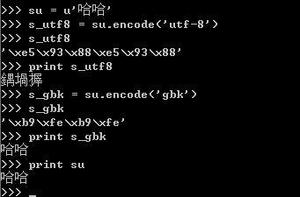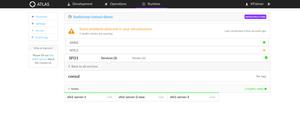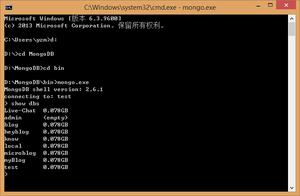python 实现一个反向单位矩阵示例
反向单位矩阵
单位矩阵即对角线为 1,如下:
那么反向的单位矩阵就是反对角线为 1:
左右镜像操作
这里采用 numpy 实现。
方案 1
import numpy as np
A = np.eye(3)
print(A)
B1 = np.fliplr(A)
print(B1)
方案 2
B2 = A[:,::-1]
print(B2)
这面这两种方案就可以顺利实现反向单位矩阵的定义了。此外,我们拓展了另外两种操作。
上下镜像操作
方法 1
import numpy as np
b = [1, 2, 3]
B = np.diag(b)
print(B)
# [[1 0 0]
# [0 2 0]
# [0 0 3]]
B3 = np.rot90(B)
print(B3)
# [[0 0 3]
# [0 2 0]
# [1 0 0]]
方法 2
B4 = np.flipud(B)
print(B4)
取上三角和反对角线元素
取上三角元素
目标是:
[[1 2 3]
[4 5 6]
[7 8 9]]
==>
[2. 3. 6.]
import numpy as np
row = 3
A = np.arange(row**2)+1
A = np.mat(A.reshape([row, row]))
# print(A)
def ReduceData(R_xx, row):
'''
取上三角元素
'''
vector = []
for i in range(0, row):
a = R_xx[i, i + 1:]
vector = np.append(vector, a)
return vector
print(ReduceData(A, row))
取反对角线元素
[[1 2 3]
[4 5 6]
[7 8 9]]
==>
[3 5 7]
def DiagData(R_xx, row):
'''
取反对角线元素
'''
# vector = []
vector = np.rot90(R_xx)
vector = np.diag(vector)
return vector
print(DiagData(A, row))
以上这篇python 实现一个反向单位矩阵示例就是小编分享给大家的全部内容了,希望能给大家一个参考,也希望大家多多支持。
以上是 python 实现一个反向单位矩阵示例 的全部内容, 来源链接: utcz.com/z/341854.html









